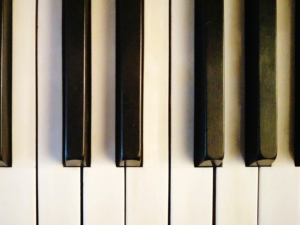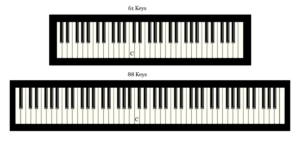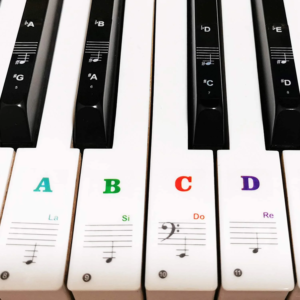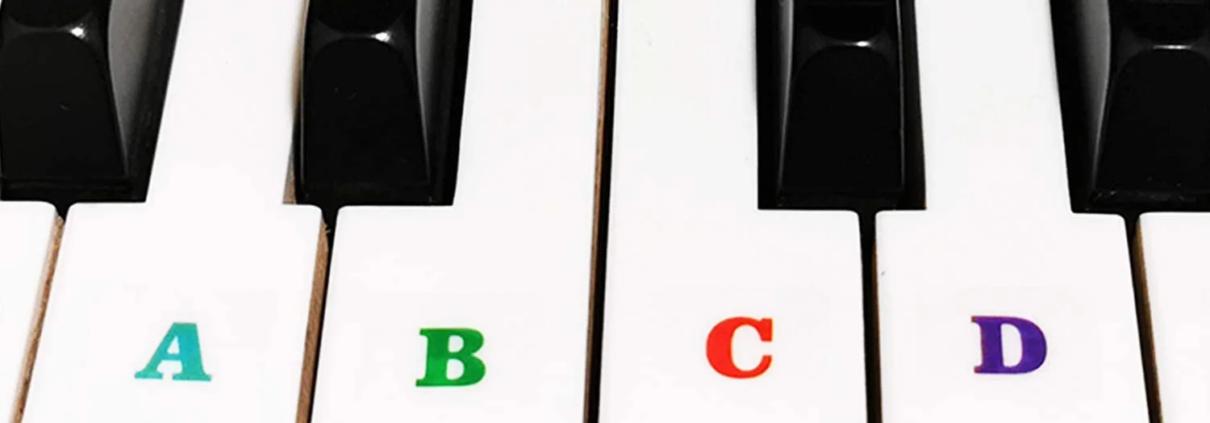How Many Piano Keys Are On A Piano?
Pianosintheparks.com – “Keys on a piano how many” is a question that many individuals have when they learn about this kind of piano for the first time. Knowing how many keys there are on an electric piano may help you during practice to quickly recall and differentiate between notes. The number of keys on an electric piano and the best way to rapidly and efficiently learn them are covered in detail in the upcoming article. Let’s find out together how many piano keys are on a piano – both standard and electric ones.
Reading More:
- Compare Grand Piano vs Upright Piano
- Keyboard Piano Keys Layout And All You Need to Know
- Top 4 Piano App for Free
- Tune The Piano and All You Need to Know
- Guide to Controlling Humidity for Pianos
How many piano keys are on a piano?
On an electric piano, there are typically 88 keys. This sort of piano has a compact, stylish design and is easy to travel. Furthermore, an 88-key piano is sturdy, plays better for melodic, acoustic music, and has outstanding tactile ability and a wide spectrum of sound intensity. Those who are just starting to study the piano should use this kind of piano.

Standard number of keys on an electric piano
There are two other electric piano models available besides the 88-key model: the 73-key and the 76-key models. These models are less common and are best suited for individuals who are unfamiliar with electric pianos. And if you ever wonder how many keys on standard piano, we can surely answer that the most popular and conventional kind of piano is the 88-key model. This is the conventional piano key count, and the count consists of both white and black keys. A piano’s musical range extends from A0 to C8.
Position of the keys on an electric piano
There are many questions that pop up to us such as how many white keys on a piano or how many black keys on a piano. So here’s the brief answer: An electric piano with 88 keys, or seven octaves ⅓, consists of 36 black and 52 white keys. Twelve keys total—seven white notes and five black notes—make up each octave. The keys are arranged as follows in detail:

Memorizing the keys will make learning the piano easier.
White Key Position
The seven fundamental musical notes on an electric piano are represented by the white keys: La, Si, Do, Re, Mi, Fa, and Sol are the corresponding symbols for A, B, C, D, E, F, and G key on piano.
- The A key is the one on the left. The order of the white keys after A is B, C key on a piano, D key on a piano, E key on a piano, F key on piano, and G key on a . Next, beginning with A…
- The white keys that are next to each other are close together; the white D key on piano is always situated between two black keys. The white keys that are situated in between a trio of black keys are notes G and A.
Black Key Position
Typically, black keys are grouped together in clusters of two or three adjacent keys:
- There will be a white key in the center of two black keys. On a piano, black keys often denote sharp and flat notes.
- C# is the first black note in a cluster of two black notes, while D# is the second black note.
It will be simpler to learn the piano if we commit these black notes to memory.
2 fastest ways to memorize electric piano keys
#01 – Label the keys
So, firstly, how are piano keys labeled? Put a label and a piece of tape on every note in the middle octave. Mark each note with the letter that corresponds to the key it is in.

Label the keys are one of the fastest ways to memorize
The process of labeling the keys is very straightforward, quick to carry out, and requires little time or effort. Beginners who are unable to learn the keys might use this memory technique.
#02 – Practice identifying notes by matching the sound to a key
Identifying notes by associating a sound with a key is as follows:
- Choose and hold a key in the middle octave. As the sound is occurring, begin humming the note’s melody.
- Attempt to precisely match the note. You’ll be able to recognize the notes by sound alone after practicing this technique for a few times, which will improve your ability to detect errors in real life.
Those who wish to quickly become accustomed to the sound of the notes can use this approach of memory.
The Importance of the Number of Keys on a Piano
Selecting the number of keys that a piano can play is a crucial aspect that fosters creativity. and satisfying every requirement the player has when expressing music.
Wider music playback capabilities
The range of sounds and musical aptitude of a piano are determined by the number of keys on the instrument. A piano with 88 keys can create notes in seven different musical registers, ranging from bass to high. A broader spectrum of tones, from deep melodies to soaring tones, can be produced by the player.
Richness of sound
The quantity of keys increases the sound’s depth and diversity. If the piano has 88 keys, it can accurately reproduce complex music by producing a wide range of notes in tones. The player has more freedom to properly express his own feelings and style. From delicate and melodic to powerful and colorful melodies.
Meet diverse musical requirements
A typical 88-key piano may accommodate a variety of musical needs. Including jazz, pop, current, and classical music… With more keys, performers can express fresh inventions in modern music and execute intricate methods and lengthy notes in classical music.
Conclusion
The questions of how many piano keys are on a piano and how quickly one can learn the keys have both been addressed in the aforementioned article. With any luck, this material will help you in your quest to become familiar with and proficient on the electric and standard piano. To learn more, please find out here!




Leave a Reply
Want to join the discussion?Feel free to contribute!